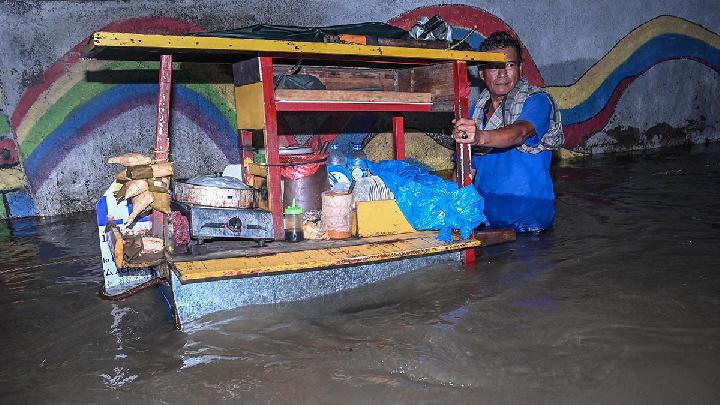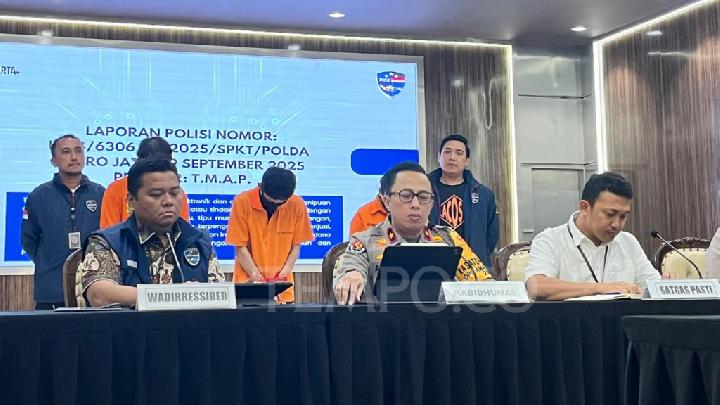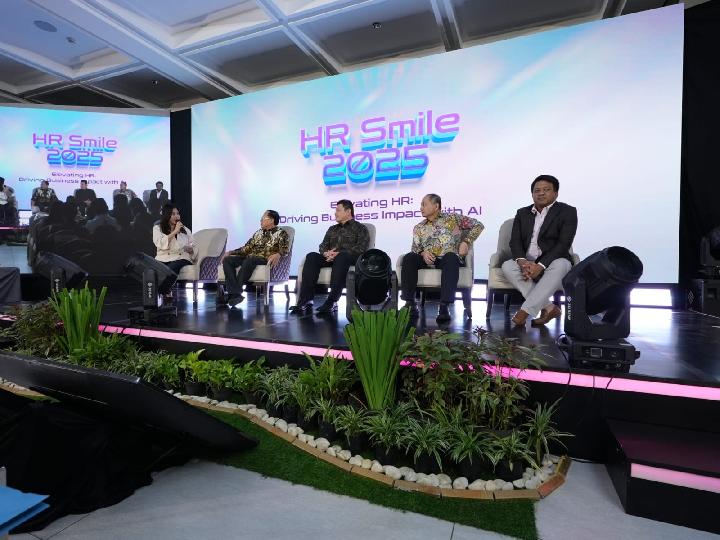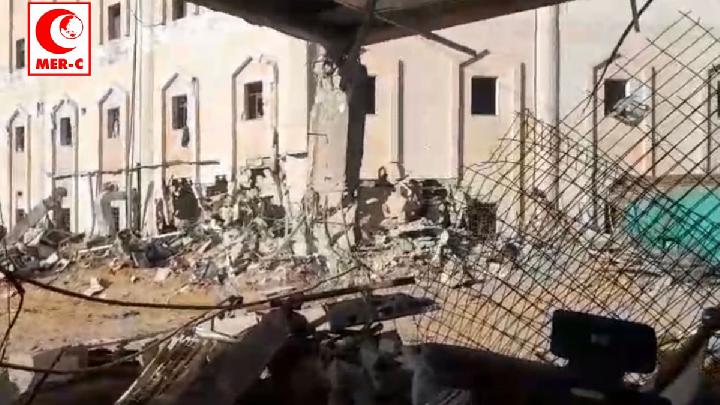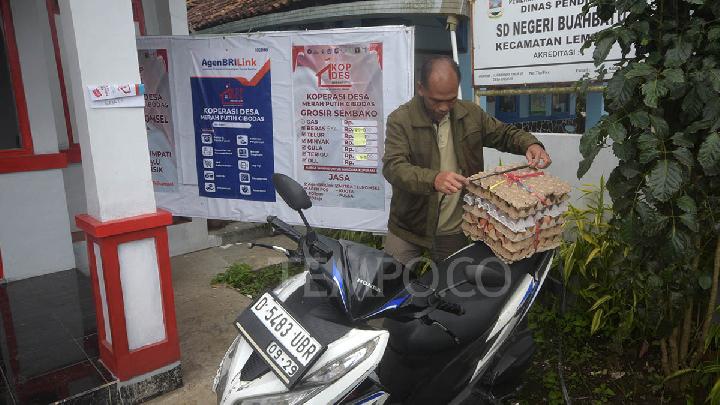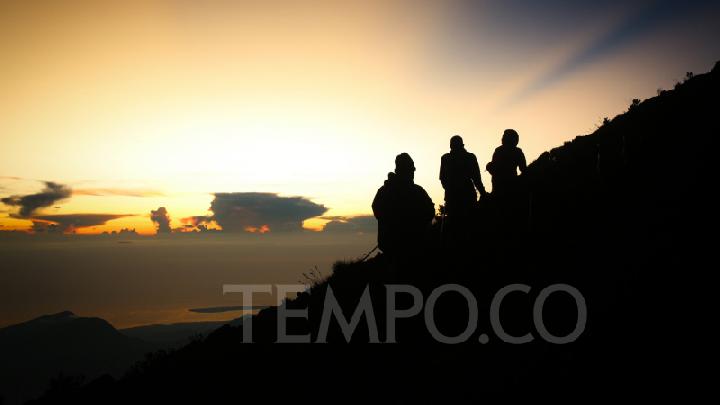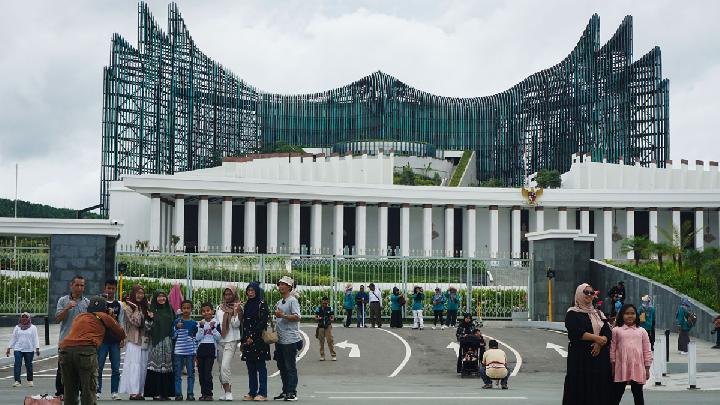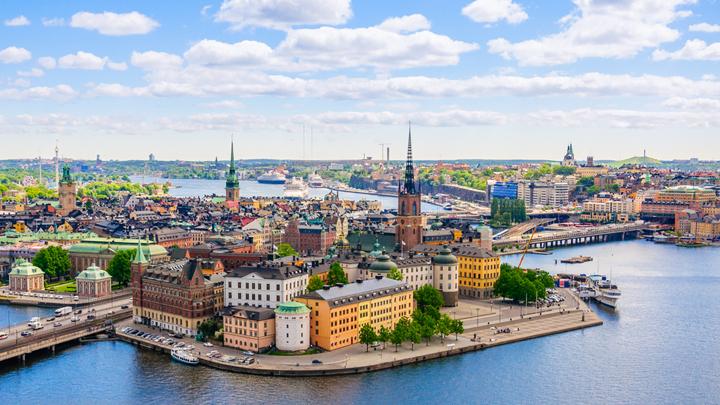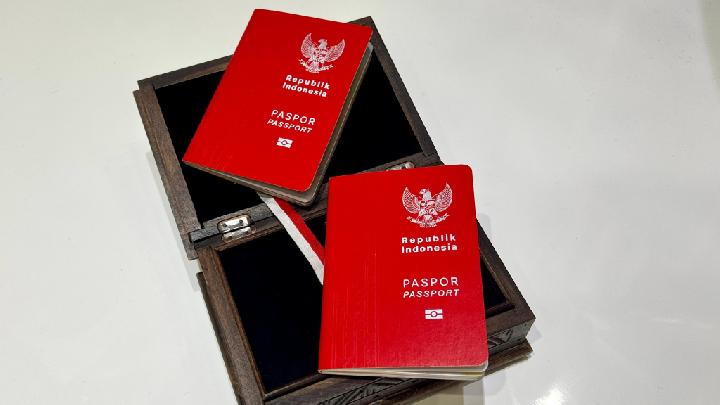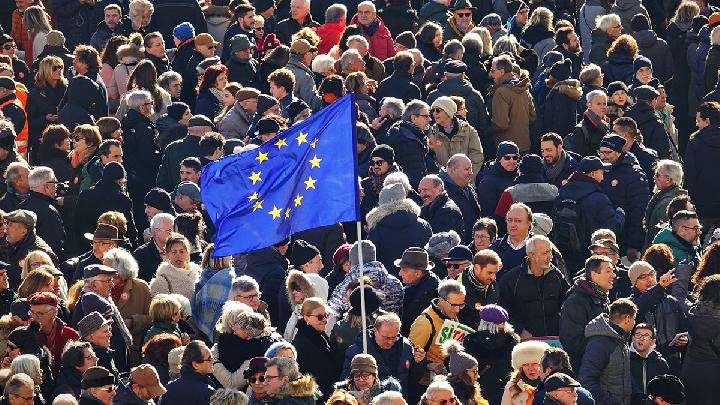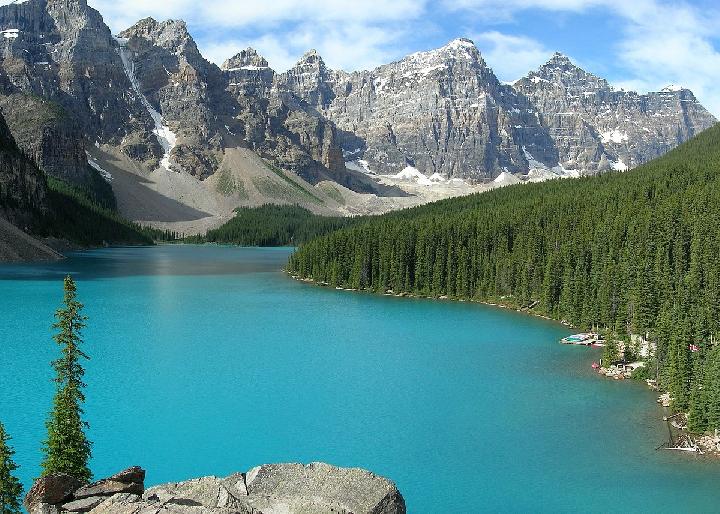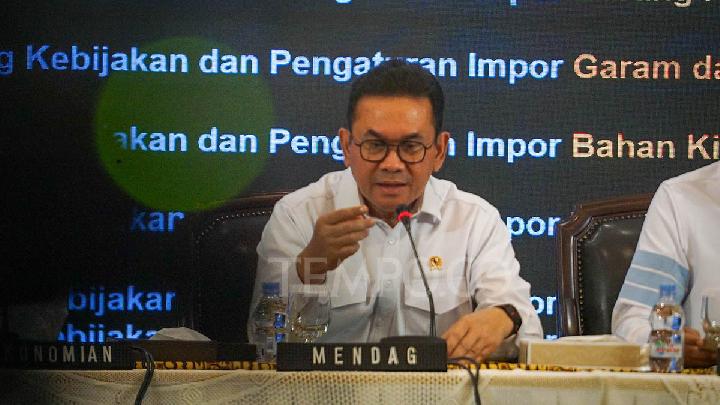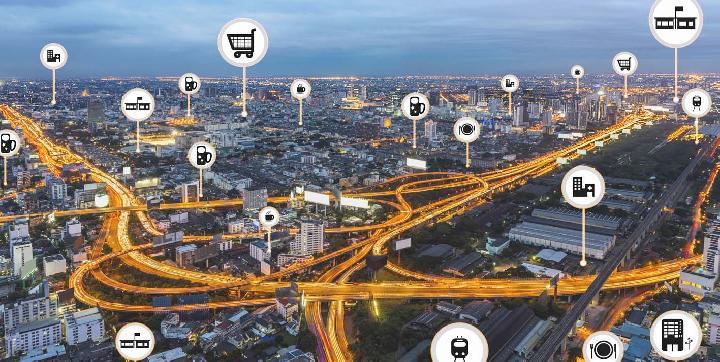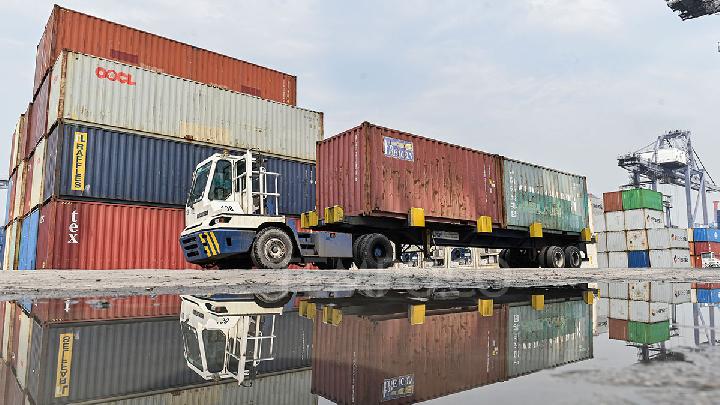TEMPO.CO, Jakarta - A powerful 8.8-magnitude earthquake struck off the eastern coast of Russia’s Kamchatka Peninsula on Wednesday, July 30, 2025, triggering tsunami warnings across the Pacific due to heightened activity along the subduction zone.
This earthquake ranks among the strongest globally in more than a decade, matching the sixth-largest modern earthquake ever recorded, according to India Today.
Here are 4 things to know about the Kamchatka earthquake and its aftermath:
1. Cause of the Earthquake
The earthquake occurred at the convergent boundary between the Pacific Plate and the Sea of Okhotsk Plate (often considered part of the North American Plate) in the Kuril-Kamchatka Trench. The epicenter was located approximately 136 kilometers southeast of Petropavlovsk-Kamchatsky, at a shallow depth of 19 to 21 kilometers.
This region is highly seismically active, frequently generating megathrust earthquakes and tsunamis. The main shock resulted from a shallow reverse fault, where one tectonic plate is thrust over another.
The rupture extended along a fault approximately 390 kilometers long and 140 kilometers wide, typical dimensions for megathrust earthquakes in subduction zones.
Kamchatka lies along the Pacific "Ring of Fire," an area known for frequent seismic and volcanic activity. Historically, a 9.0-magnitude earthquake struck the region in 1952, generating significant tsunami waves, though no casualties were reported.
The recent major earthquake followed a magnitude 7.4 foreshock on July 20, located southwest of the main fault zone. The 8.8-magnitude event occurred just 45 kilometers southeast of the epicenter of the historic 1952 quake.
This event highlights the continuing seismic risk in the Pacific Ring of Fire, one of the world’s most dangerous earthquake zones. The Kuril-Kamchatka subduction arc remains a major source of seismic energy, emphasizing the need for effective early warning systems and disaster preparedness.
2. Sixth Largest Recorded Earthquake
With a magnitude of 8.8, the Kamchatka offshore earthquake is tied with the 2010 Chile earthquake as the sixth-largest earthquake recorded since modern seismic monitoring began, according to Time.
Nathan Bangs, a research professor at the University of Texas Institute of Geophysics, described the quake as a typical subduction zone event, similar to the 2004 Sumatra and 2011 Tohoku earthquakes, both of which triggered devastating tsunamis.
3. Tsunami Warnings
Before the main shock, several significant foreshocks were recorded, including the 7.4-magnitude quake on July 20. These events prompted early tsunami warnings across parts of Russia and Japan. Japanese authorities warned that waves up to three meters high could strike their eastern coast.
Despite the quake’s magnitude and wide impact zone, the region’s low population density helped reduce casualties. Russian officials reported minor injuries but no fatalities
The tsunami warnings led to evacuations and the activation of early warning systems in various coastal areas. Earlier in the month, the same region experienced several strong quakes, the largest measuring 7.4 and centered 144 kilometers east of Petropavlovsk-Kamchatsky.
4. Tsunami Impact in Russia, Japan, and the United States
As reported by Al Jazeera, tsunami waves reached Russia, Japan, and Hawaii. Authorities expect dangerous waves to affect parts of the United States, much of Latin America’s coastline, and several island nations across Asia and the Pacific on Wednesday night.
In Russia’s Far East Kamchatka region, waves as high as four meters were observed. Sergei Lebedev, the regional emergency minister, confirmed the impact. In Severo-Kurilsk, a port city in the northern Kuril Islands, wave heights exceeded three meters, with the largest reaching about five meters, according to RIA Novosti, citing emergency services.
The first tsunami wave reached Monterey, California, at 12:48 a.m. local time (05:48 GMT), according to the U.S. National Oceanic and Atmospheric Administration. Evacuation orders were issued for Monterey Harbor, Breakwater Cove, and surrounding areas.
Japan’s Meteorological Agency reported four to five rounds of tsunami waves along its Pacific coast. Agency official Masashi Kiyomoto warned that the threat would persist for at least another day.
In a public broadcast via NHK, he urged residents in coastal and riverside areas to seek higher ground and stay in safe locations.
Warnings have also been issued for Alaska, the entire U.S. West Coast, coastal regions in Latin America, and several Pacific islands. Authorities have urged residents in these areas to take immediate protective actions, as further waves remain possible.
The U.S. Tsunami Warning Center stated that waves up to three meters could strike coastal areas of Ecuador and Russia. Other affected regions include Hawaii, Chile, Peru, Costa Rica, Japan, and numerous Pacific islands, with expected wave heights ranging from one to three meters.
Editor's Choice: The Five Most Powerful Earthquakes Ever Recorded
Click here to get the latest news updates from Tempo on Google News

